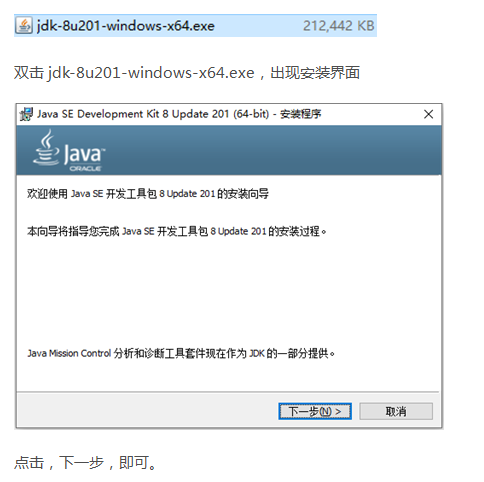理解并解决Java中异常链问题的案例分析
在Java编程中,异常处理机制允许我们在程序出现错误或异常情况时进行适当的处理。这里我们来看一个具体的案例:
- 异常实例:假设我们有一个银行账户类,里面可能包含存款、取款等操作。
public class BankAccount {private double balance;// 存款方法public void deposit(double amount) throws InsufficientFundsException {if (amount < 0) throw new IllegalArgumentException("Amount cannot be negative.");if (balance + amount > BankAccount.MAX_BALANCE)throw new InsufficientFundsException("Insufficient funds to complete deposit.");balance += amount;}// 取款方法public void withdraw(double amount) throws InsufficientFundsException, InvalidWithdrawalAmountException {if (amount < 0) throw new IllegalArgumentException("Amount cannot be negative.");if (balance - amount < BankAccount.MIN_BALANCE)throw new InsufficientFundsException("Insufficient funds to complete withdrawal.");if (amount > balance)throw new InvalidWithdrawalAmountException("Withdrawal amount exceeds current account balance.");balance -= amount;}// 获取当前账户余额public double getBalance() {return balance;}// 设置最大账户余额public static void setMaxBalance(double maxBalance) {BankAccount.MAX_BALANCE = maxBalance;}// 设置最小账户余额public static void setMinBalance(double minBalance) {BankAccount.MIN_BALANCE = minBalance;}}
- 异常链问题:在
withdraw方法中,我们可能会抛出两种类型的异常:InsufficientFundsException和InvalidWithdrawalAmountException。
如果用户调用withdraw(超出余额的金额)},那么可能会导致一个异常链。例如:
try {bankAccount.withdraw(100); // 这将尝试取出超过当前余额(50)的金额} catch (InsufficientFundsException e) {System.out.println("Withdrawal failed due to insufficient funds: " + e.getMessage());} catch (InvalidWithdrawalAmountException e) {System.out.println("Withdrawal failed due to invalid withdrawal amount: " + e.getMessage());}
在这个案例中,withdraw(超出余额的金额)会导致异常链,先后捕获InsufficientFundsException和InvalidWithdrawalAmountException。



































还没有评论,来说两句吧...